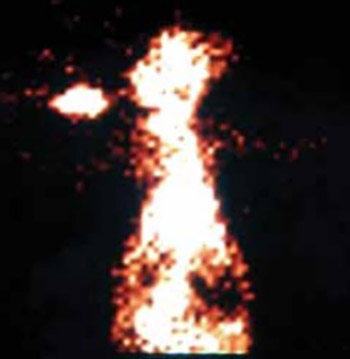An experimental study on the application of radionuclide imaging in repair of the bone defect
DOI:
https://doi.org/10.17305/bjbms.2011.2568Keywords:
hydroxyapatite, nanometer, artificial bone, bone defect, radionuclide imagingAbstract
The aim of our study was to validate the effect of radionuclide imaging in early monitoring of the bone’s reconstruction, the animal model of bone defect was made on the rabbits repaired with HA artificial bone. The ability of bone defect repair was evaluated by using radionuclide bone imaging at 2, 4, 8 and 12 weeks postoperatively. The results indicate that the experimental group stimulated more bone formation than that of the control group. The differences of the bone reconstruction ability were statistically significant (p<0.05). The nano-HA artificial has good bone conduction, and it can be used for the treatment of bone defects. Radionuclide imaging may be an effective and first choice method for the early monitoring of the bone’s reconstruction.
Citations
Downloads

Additional Files
Published
How to Cite
Accepted 2017-10-16
Published 2011-08-20









